- elevation 300 m (984 ft) | Area 298,000 km² | |
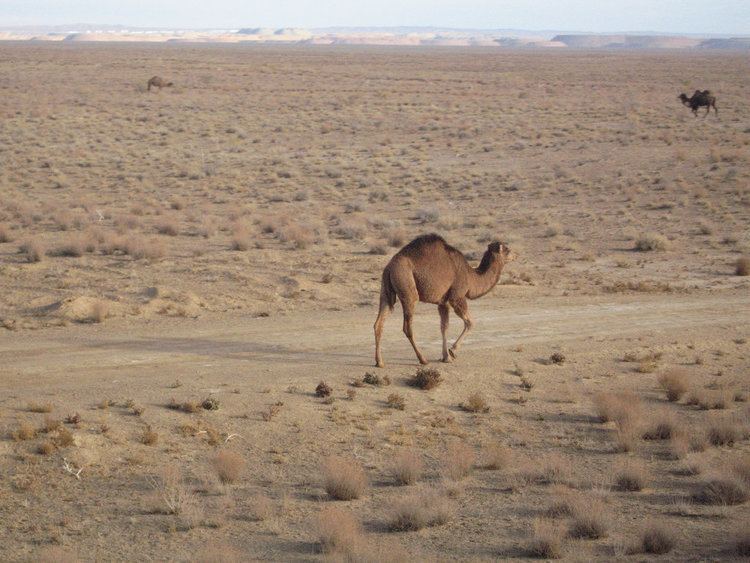 | ||
Lively kyzylkum desert the nature of uzbekistan
The Kyzylkum Desert (Uzbek: Qizilqum/Қизилқум, قىزىلقۇم; Kazakh: Қызылқұм/Qızılqum, قىزىلقۇم), also spelled Qyzylqum, is the 16th largest desert in the world. Its name means Red Sand in Turkic languages. It is located in Central Asia in the doab between the rivers Amu Darya and Syr Darya, a region historically known as Transoxania or Sogdiana. Today it is divided between Kazakhstan, Uzbekistan and Turkmenistan. It covers about 298,000 km2 (115,000 sq mi).
Contents
- Lively kyzylkum desert the nature of uzbekistan
- Uzbekistan in 7 minutes tashkent samarkand bukhara khiva kyzylkum desert
- Geography
- Fauna
- Paleontology
- Economy
- References
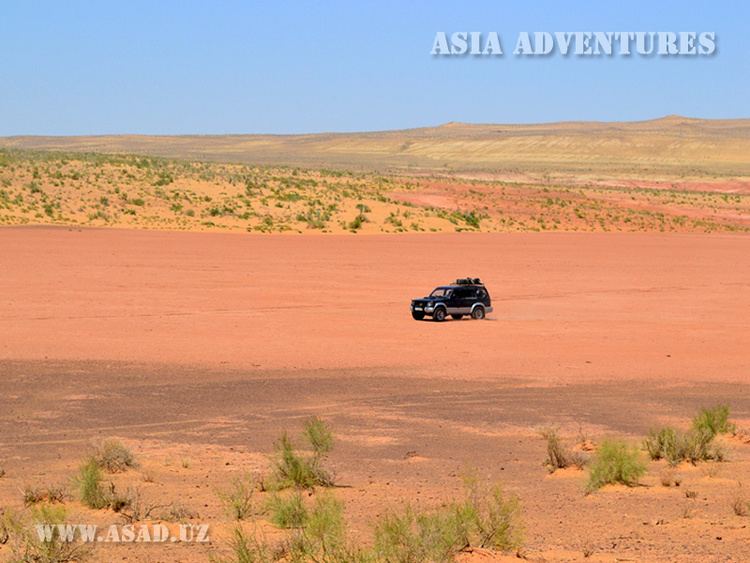
Uzbekistan in 7 minutes tashkent samarkand bukhara khiva kyzylkum desert
Geography

The territory consists mainly of an extensive plain at an altitude up to 300 m (980 ft) above sea level, with a number of depressions and highlands (Sultanuizdag, Bukantau). Most of the area is covered with sand dunes (barchans); in the northwest large areas are covered with takirs (clay coatings); there are also some oases. There are agricultural settlements along the rivers and in the oases. Temperatures can be very high during the summer months, from mid-May to mid-September. Kerki, one extreme inland city located on the banks of the Amu Darya River, recorded 51.7 °C (125.1 °F) in July 1983.
Fauna
Desert fauna include the Russian tortoise (Testudo horsfieldii) and a large lizard known as the Transcaspian or Desert Monitor (Varanus griseus), which can reach lengths of 1.6 m (5.2 ft). The Saiga Antelope (Saiga tatarica) also occasionally migrates through the northern part of the desert.
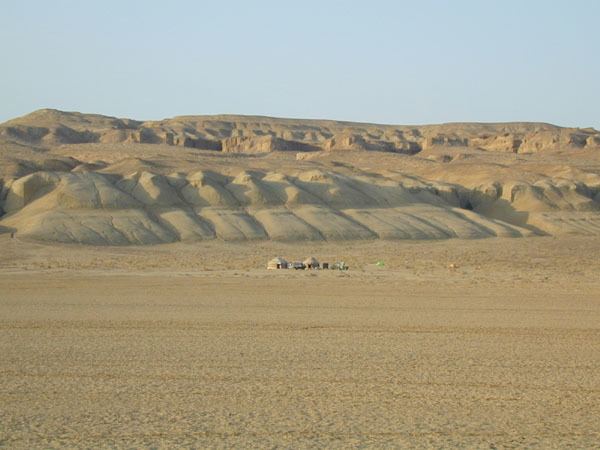
There is a Kyzylkum nature reserve in Bukhara Province, founded in 1971. The area of the reserve amounts to 101,000 km2 (39,000 sq mi) and it is located on flood-land (tugai) drained by the Amu-Darya close to the settlement Dargan Ata. Fauna include: the Bukhara Deer (a local species of Cervus elaphus), Wild Boar (Sus scrofa), Common Pheasant (Phasianus colchicus), Golden Eagle (Aquila chrysaetus) etc.
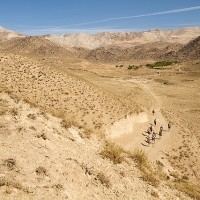
Another reserve (or eco-centre), "Djeyran", is located 40 km (25 mi) to the south of Bukhara. The total area of this reserve is 51,450 km2 (19,860 sq mi). It is a breeding centre for rare animals such as: the Goitered or Persian Gazelle Gazelle (Djeyran, Gazella subgutturosa), Przewalski's Horse (Equus ferus przewalskii), the Turkmenian Kulan (Onager, Equus hemionus kulan) and Houbara Bustard (Chlamydotis undulata). The reserve was founded in 1977 on the enclosed area in 5,131 ha (12,680 acres).
Paleontology
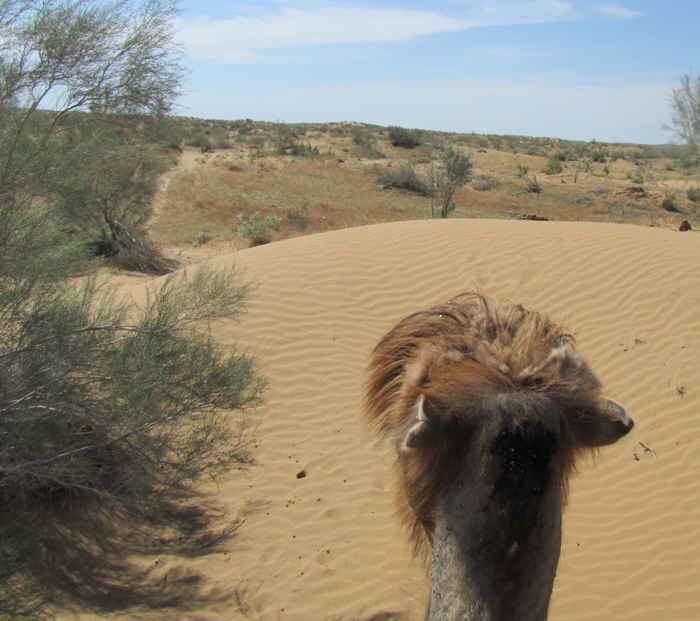
The Kyzylkum Desert has exposed rock formations that have yielded a number of fossils. Of particular interest is the Bissekty Formation of Uzbekistan, from the early Late Cretaceous, which has produced several species of early birds: Enantiornis martini and E. walkeri, Kizylkumavis cretacea, Kuszholia mengi, Lenesornis kaskarovi, Sazavis prisca, Zhyraornis kaskarovi, and Z. logunovi are recognized as valid species. Tyrannosaurid, therizinosaurid, ostrich-mimic, oviraptorosaurian, troodontid, armored, duckbilled, and horned dinosaurs are also known from this rock unit. Other fossils from the Cretaceous rocks of the Kyzylkum include tree trunks, pelecypods, beetles, sharks, rays, bony fish, frogs, salamanders, turtles, crocodylomorphs, pterosaurs, and a varied fauna of small early mammals. Paleontologists that have worked in this area include J. David Archibald, Alexander Averianov, Sergei Kurzanov, Lev Nesov, Anatoly Riabinin, Anatoly Rozhdestvensky, and Hans-Dieter Sues.
Economy
The local population uses the large spaces of the Kyzylkum Desert as a pasture for livestock (mostly sheep, Bactrian Camels and dromedaries).
The desert is well known for its deposits of gold, uranium, copper, aluminium and silver, natural gas and oil. The development of most the famous gold-field at Muruntau began in the early 1970s. The centres for the mining and smelting industry at the region are Navoi, Zarafshan city, Uchkuduk. The major industrial enterprises are: НГМК (Navoi Mining and Smelting Complex) and the Uzbek U.S.A. Joint Venture "Zarafshan-Newmont". The centres of the gas-production industry are Gazli and Mubarek.
